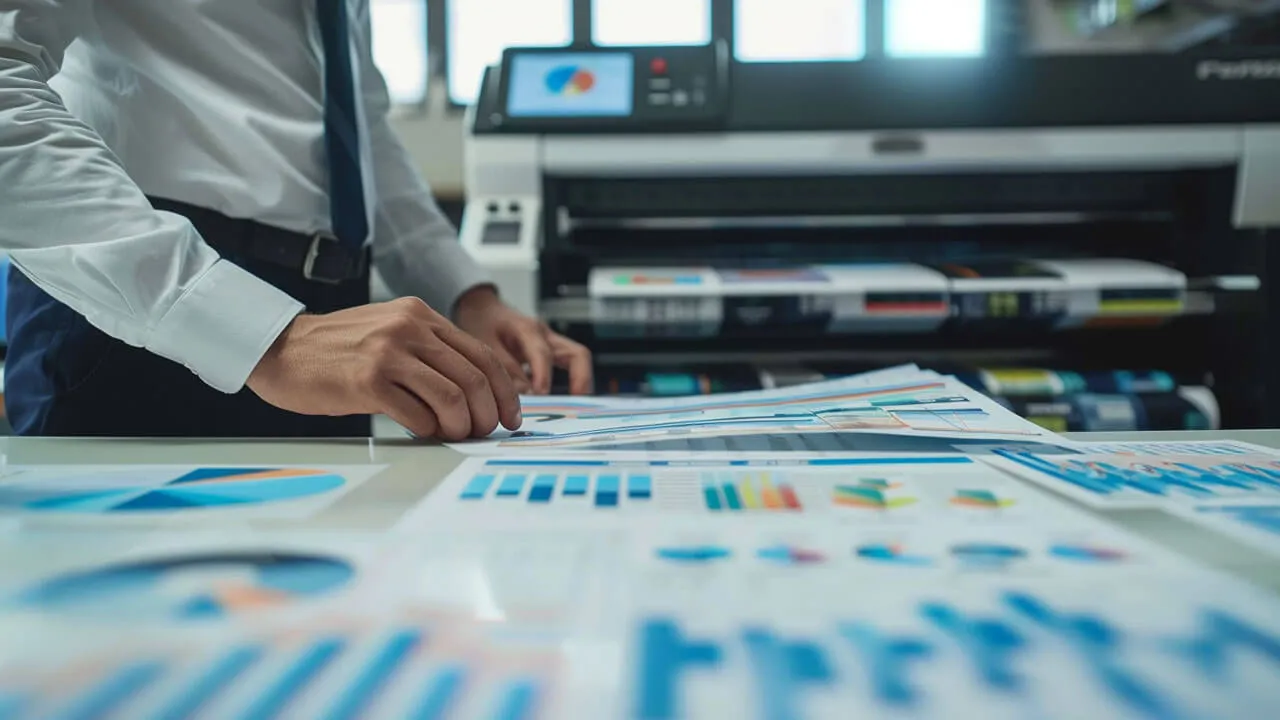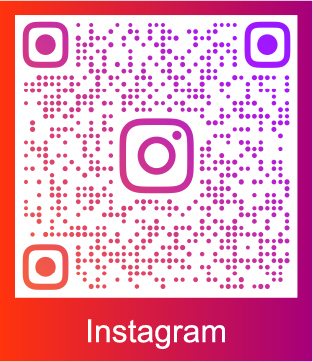Global Digital Printing Set for a Golden Decade: Inkjet Market Racing Toward $2 Trillion

According to the latest Smithers report “The Future of Digital Printing to 2035”, the global printing industry is undergoing a major transformation driven by digital technology. The market for digital printing is expected to grow from USD 167.5 billion in 2025 to USD 251.1 billion in 2035 (constant prices). The report tracks key technology trends and highlights how changing customer demands will require printers to be more flexible, sustainable, and innovative.
Digitalization has become a central focus for global OEMs. New electro-photographic, inkjet, and hybrid presses are under development, pointing to faster innovation. By 2025, digital presses worldwide will consume more than 304,000 tons of ink and toner, worth USD 14.5 billion, while spending on new equipment will reach USD 5.75 billion.
OEMs are also strengthening their business through after-sales services and software-linked contracts, creating new revenue streams and boosting competitiveness.
Inkjet Printing: The Rising Star
Inkjet is now the key growth driver in digital printing. It already accounts for 72% of new equipment sales and is expected to reach 81.9% by 2035, with a market value of USD 6.49 billion. While electro-photographic presses will still grow slowly until 2030, their revenues will decline after that. Both inkjet and toner presses are moving toward larger, more productive machines, which lower unit costs and make digital printing more competitive for medium- and long-run jobs.
Large-Format Toner Printing: Scale Benefits
In toner printing, the market is shifting to large B2 presses, which can print millions of A4 sheets each month, offering better economies of scale. HP Indigo leads this field, with more than 1,600 B2 presses sold since their launch in 2012. Fujifilm’s new Revoria GC12500, introduced at drupa 2024, also marked a breakthrough in ultra-large format printing.
High-Speed Inkjet: Speed and Quality
High-speed web inkjet presses, with widths from 420 mm up to 3 meters, are growing rapidly. Smithers estimates that by 2025, over 650 lines will be installed worldwide, worth USD 1.6 billion—nearly double the market value of 2020. Recent advances, such as Kodak’s Prosper 7000 Turbo, have pushed speeds up to 410 meters per minute, and could reach 500 m/min by 2030. Asian manufacturers, including Chinese suppliers, are also improving print quality and automation, creating new competition for established OEMs.
Other Inkjet Formats
Narrow-web inkjet is expected to be the fastest-growing sector over the next decade, expanding beyond labels into flexible packaging, cartons, and security printing. Wider web and sheetfed inkjet presses are also improving in speed, resolution, and automation, providing more options for printers.
The Road Ahead
Smithers concludes that digital printing is entering a golden decade. Inkjet will dominate as the leading technology, while large-format toner and high-speed inkjet presses will support industrial-scale production. At the same time, Chinese and other Asian manufacturers are no longer competing only on price—they are pushing technology and quality forward, reshaping the global market.
For print service providers, investing in digital, especially inkjet and high-productivity equipment, is no longer optional but essential. For equipment makers, R&D, stronger service, and understanding customer needs will be the keys to success in the coming ten years.










